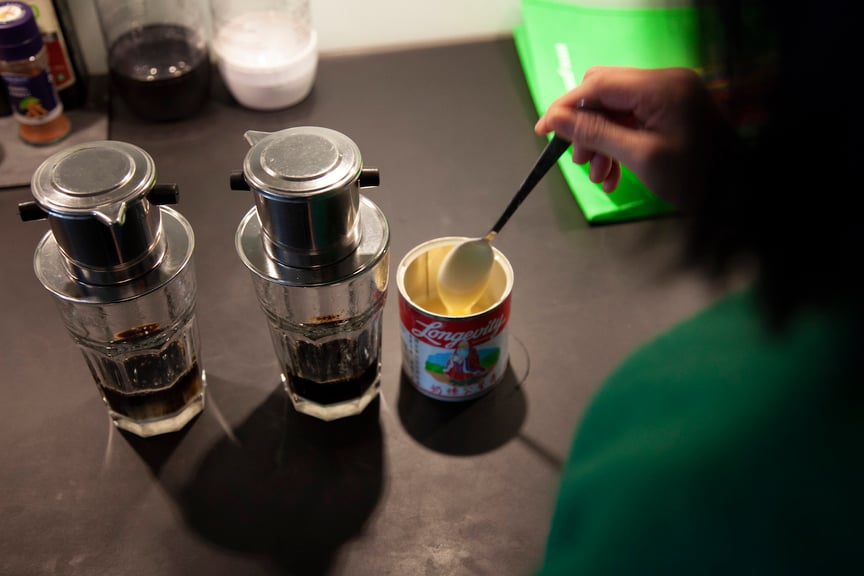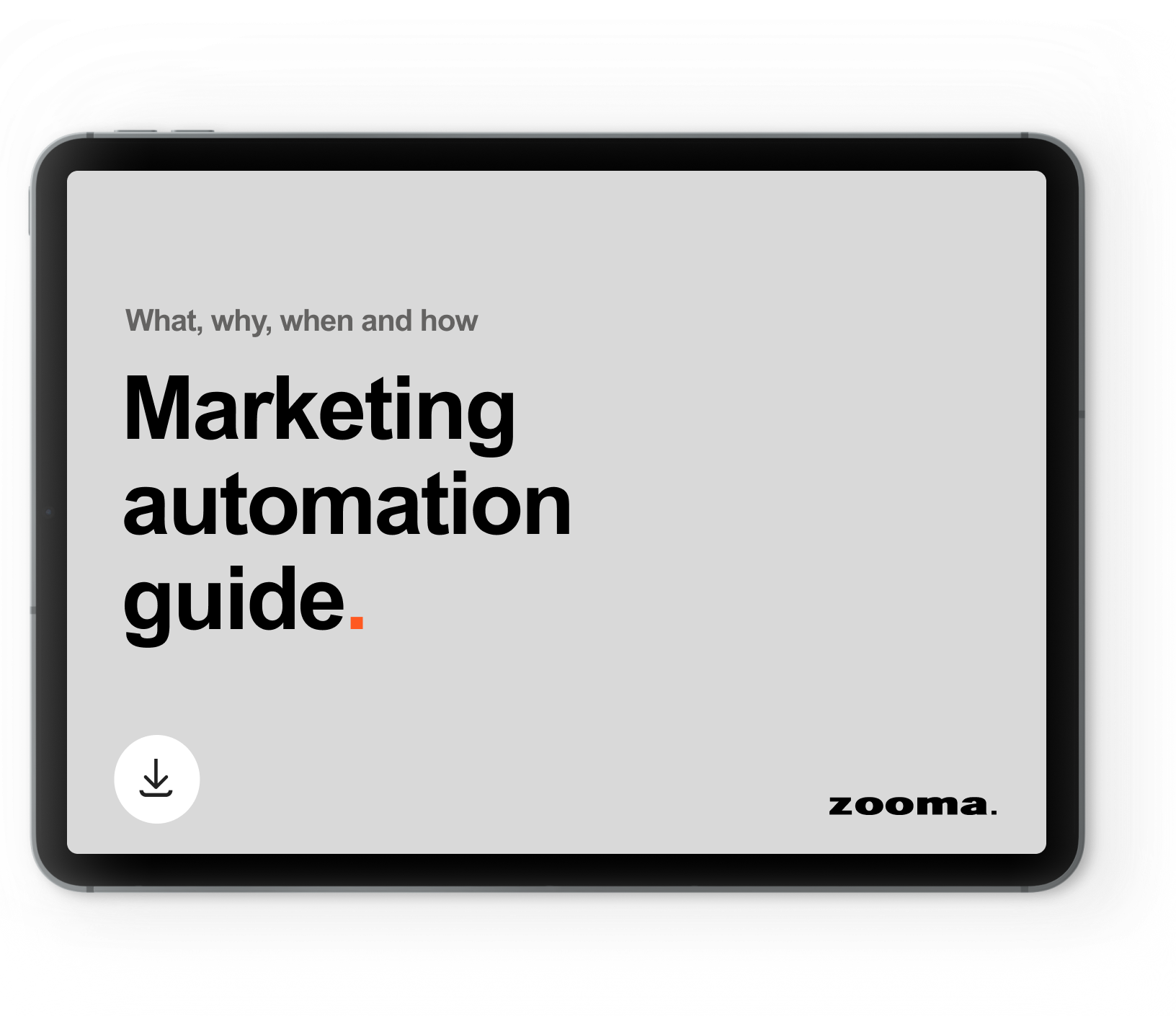
Online Strategist at Zooma since 2012. 15+ years of experience as a manager, business developer and specialist within online and e-commerce.
Keep me updated!
Subscribe

A dream for many companies is to have a fully automated sales process. A process like this would include the initial marketing efforts to get attention from the potential customer, down to closing the initial deal and subsequent potential up-sell, cross-sell or recurring deals. Without going overboard, what can you do to integrate sales and marketing automation? In this article, we'll look at one concrete example.
As always, there tend to be multiple explanations of subjects that are open to interpretation. Sales and marketing automation are no different, and the two main views are that:
I would argue for a more superficial view; the two refer to the automation of sales and marketing actions, regardless of whether they are internal or external. (Thinking this way is in line with view number one above, if your marketing actions are only top and middle-of-the-funnel.)
Let's look at what this can mean in practice with an anonymous real-life example.
Based on an analysis of lifecycle stage data from the CRM, the company realised that they were generating a substantial amount of qualified leads that stayed stuck in the middle of the funnel. They didn't continue exploring and self-qualifying through content produced by marketing to move the leads to a point where the sales team would engage with them, but at the same time, the leads weren't yet qualified enough to be actively approached by sales. This pool of contacts constituted a substantial untapped potential for the company, and they wanted to realise it.
Zooma worked closely with the company to set up a lead nurturing framework. The framework used existing marketing assets, such as guides, blog articles and recorded webinars, but re-packaged them in a way that made it natural to receive them by email through automation. When interest was shown by engaging with the content, additional triggers automated part of the sales process, e.g. suggesting that they book a meeting with an expert about a subject they were interested in.
With the new framework, about half of the contacts previously lost in the funnel started to engage with content in the automated process. About 1% of those that entered the funnel originally (and new inactive MQLs are entering every day as they meet the starting criteria) have either become an SQL, opportunity or customer. The value of purchased goods and services is >10x the investment in the setup.
The above example shows the power of combining sales and marketing automation using a collaborative approach between marketing and sales. If you have a similar challenge or would like to bounce some ideas for a process like the one I've described above, don't hesitate to get in touch or book a meeting with me or one of my fellow zoomers.
Want to know more? Then make sure you explore Zooma's guide to what, why, when and how to use marketing automation. And don't forget to download our PDF guide below - it covers the benefits of marketing automation for B2B companies and has a few examples of leading automation tools you can use.

